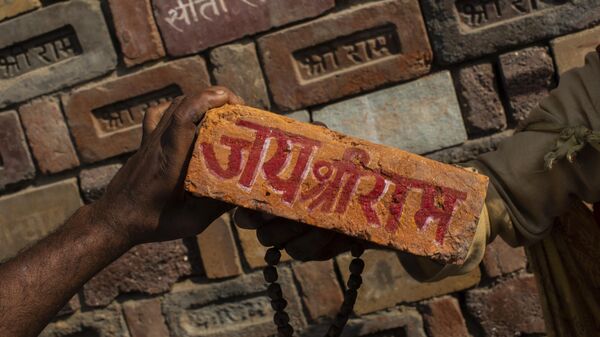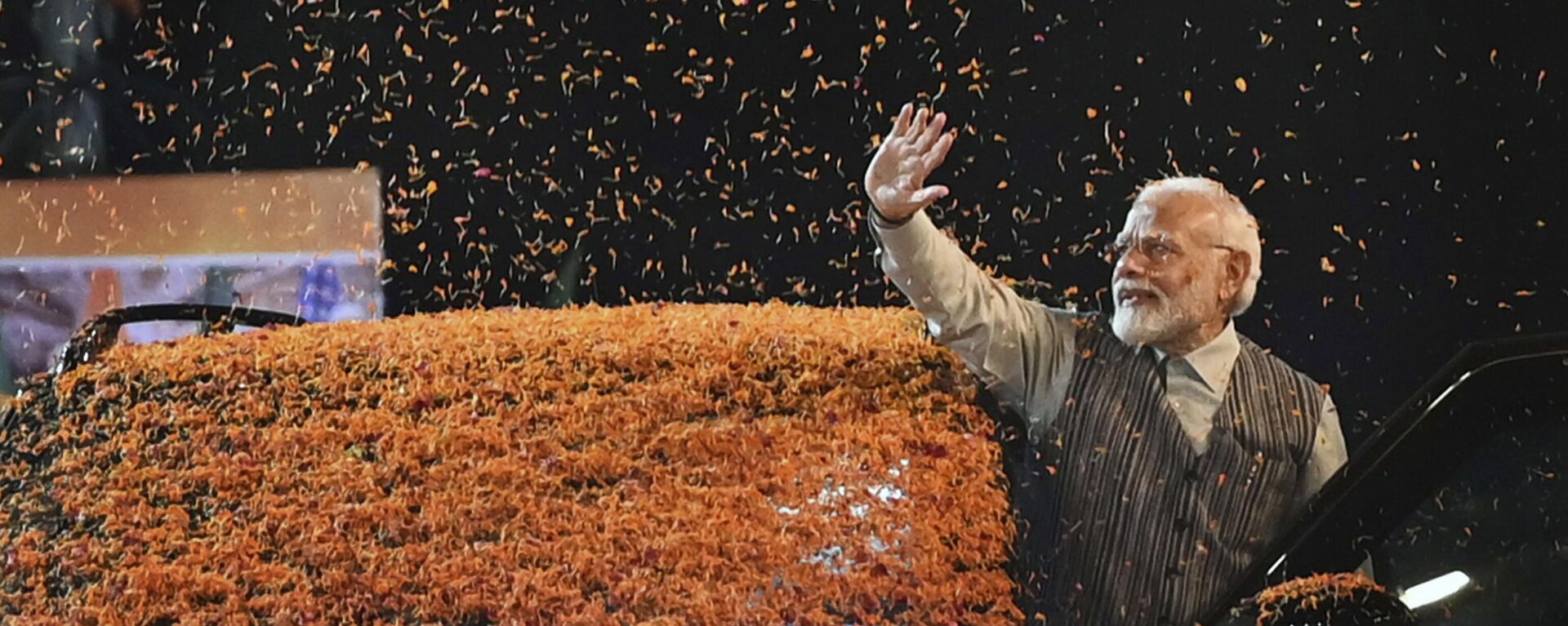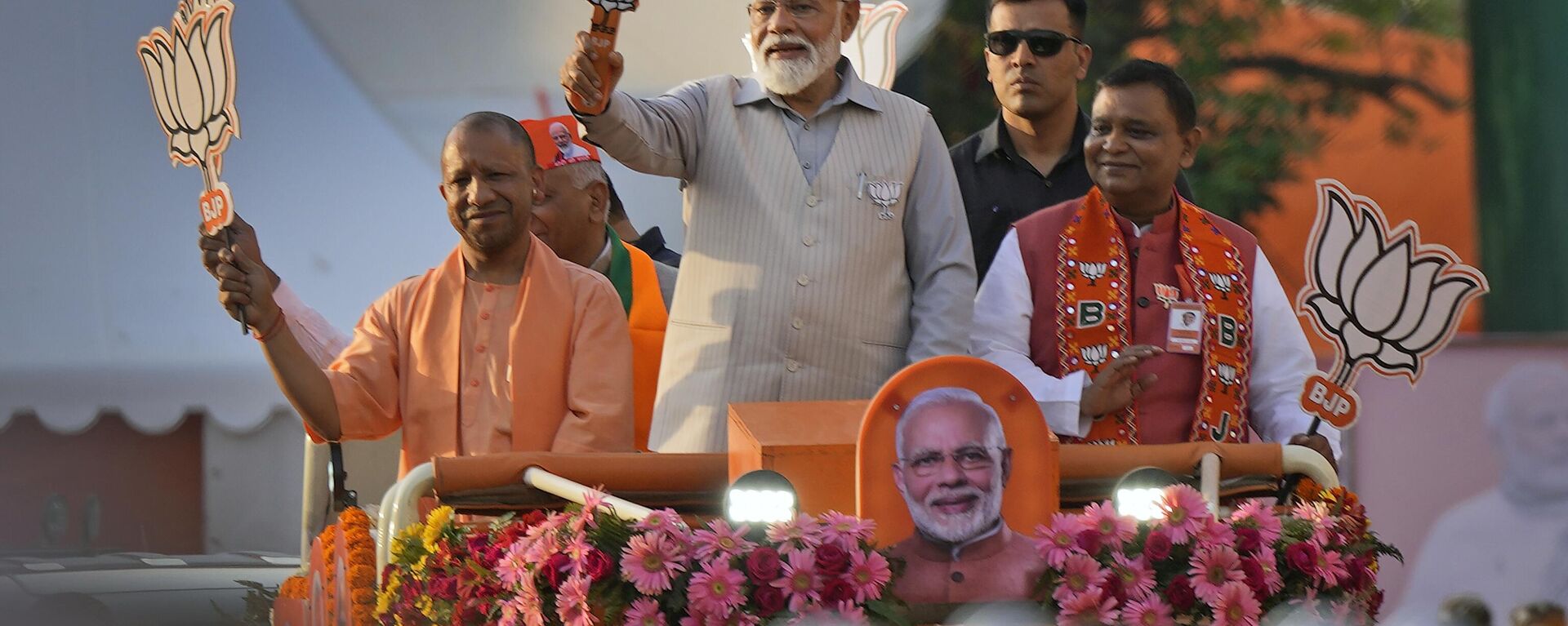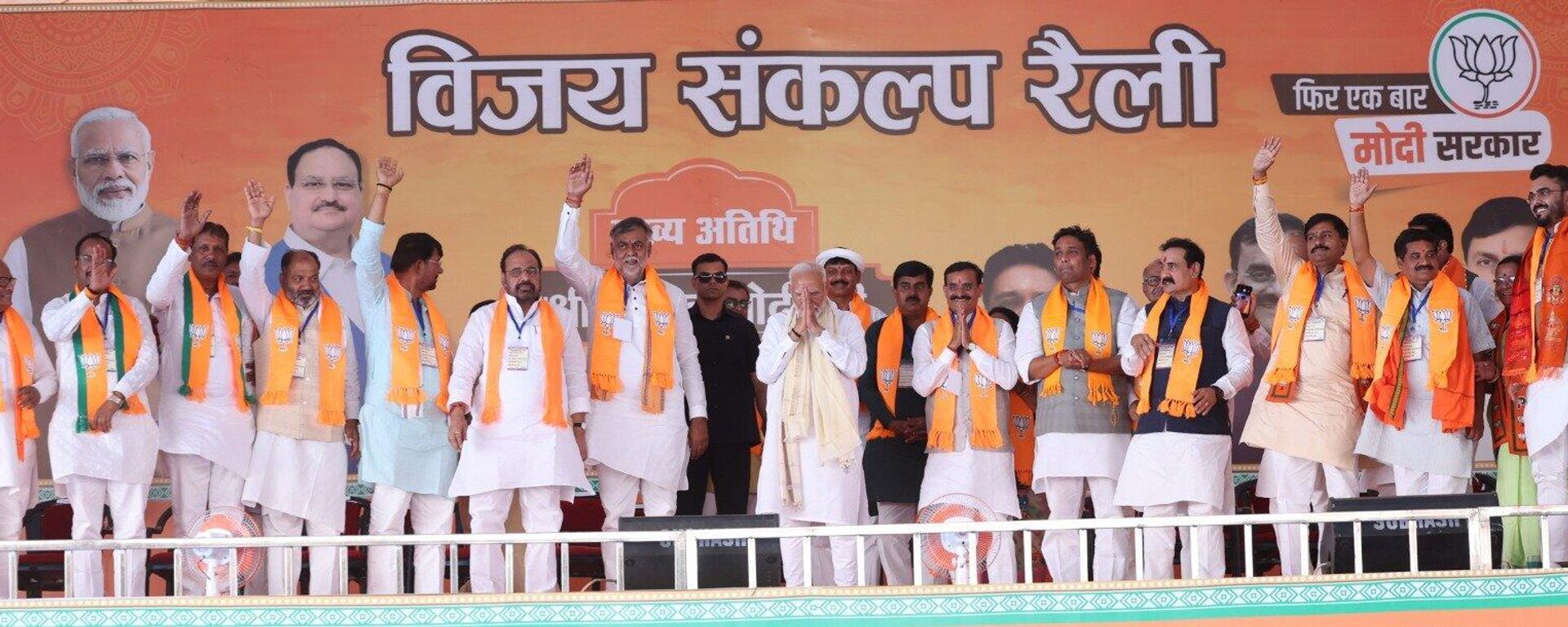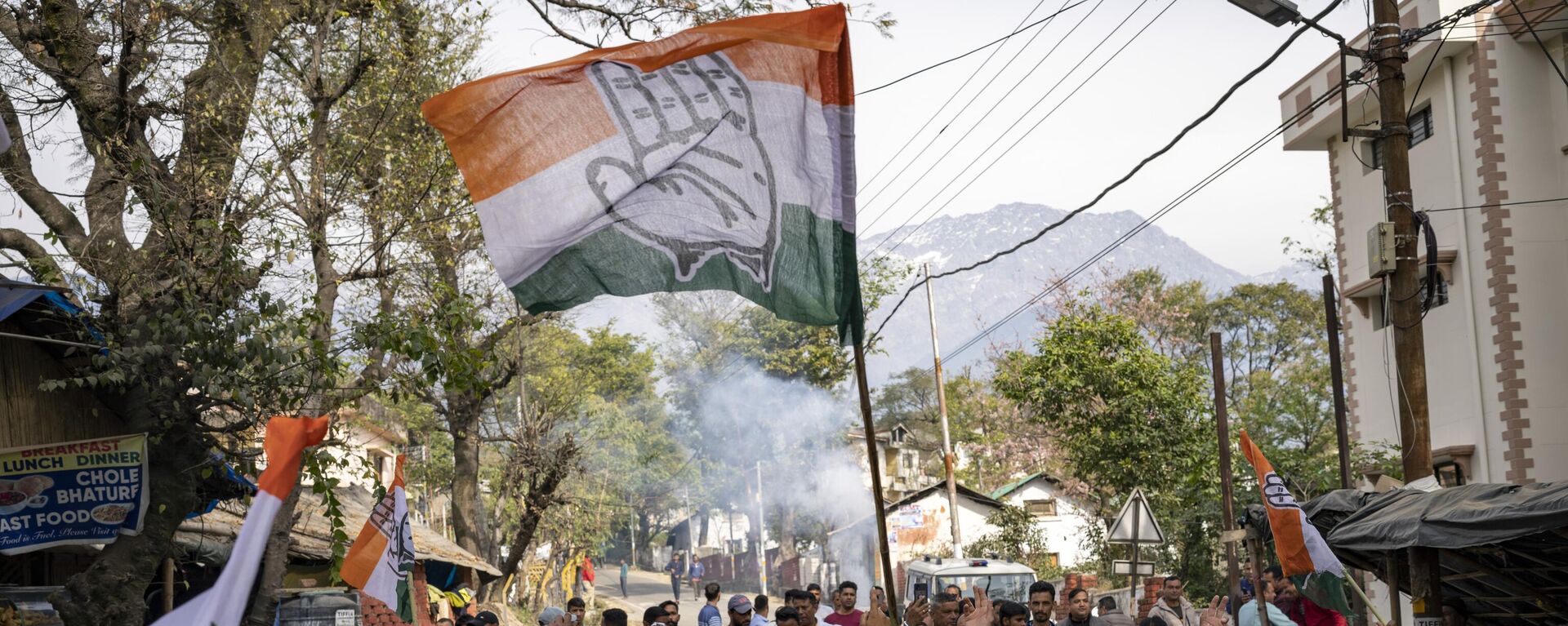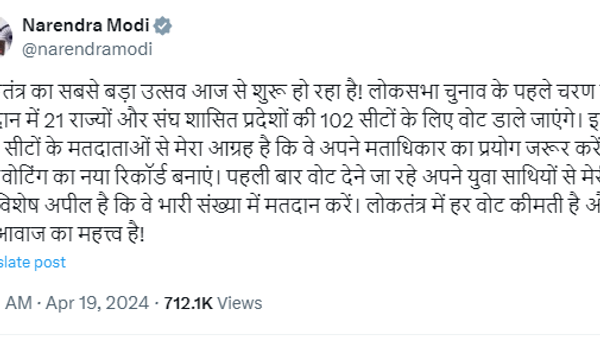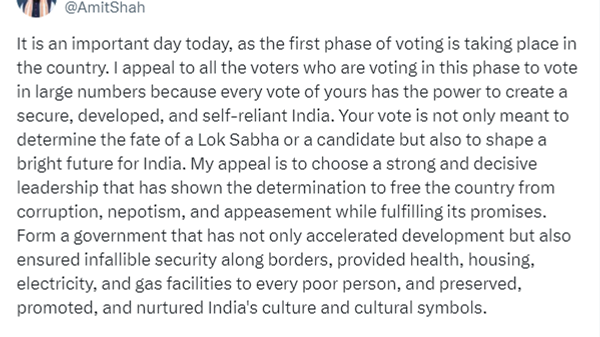Campaigning for India's general election will run from 19 April to 1 June, with results expected on 4 June.
The biggest election in the world will be held in seven phases. These are determined by local geography, festivals, student exams and other factors.
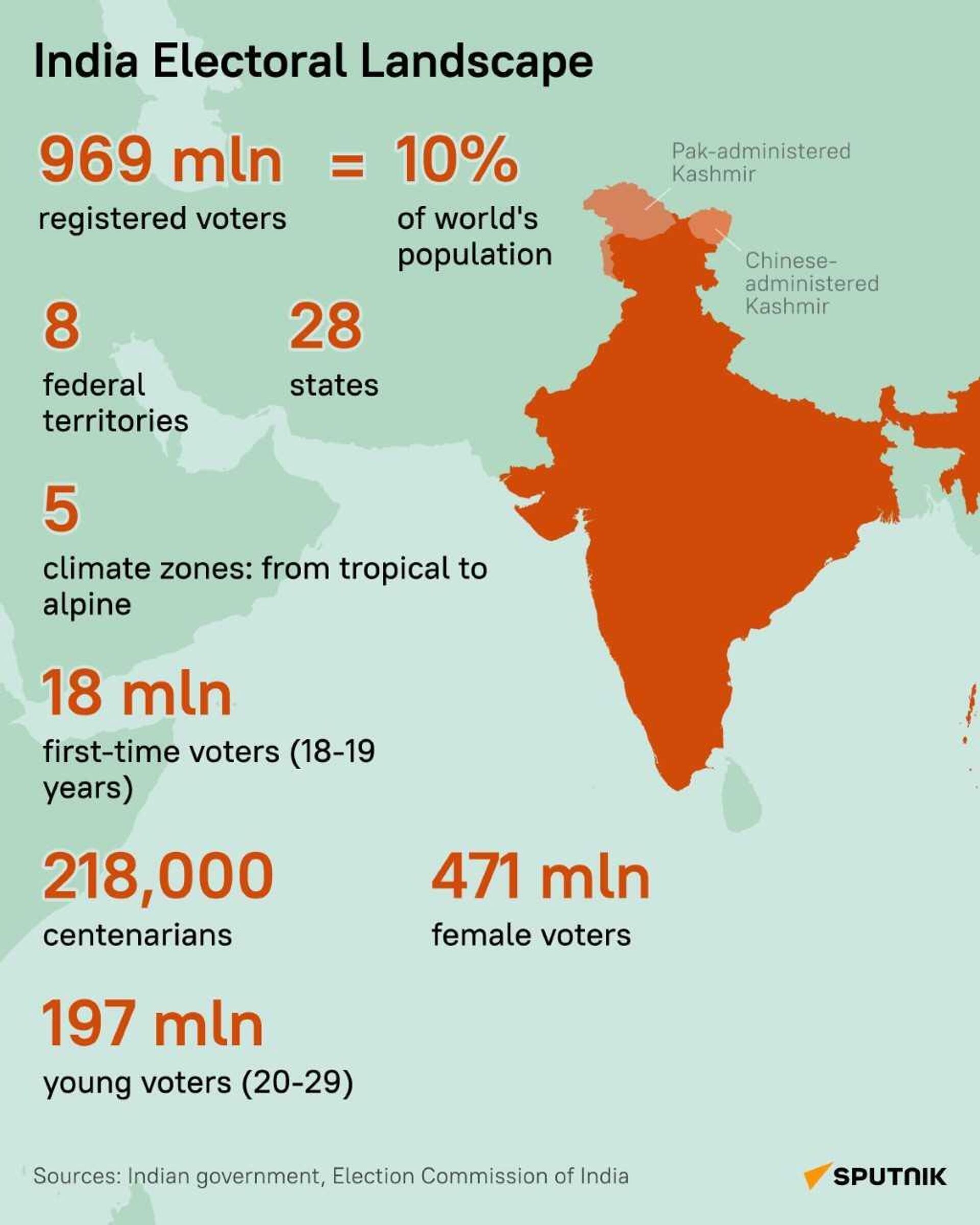
India Electoral Landscape
© Sputnik
Major Contenders
The 2024 Lok Sabha elections in India will be contested by two major coalitions - the National Democratic Alliance (NDA) led by the Bharatiya Janata Party (BJP) and the newly formed Indian National Developmental Inclusive Alliance (I.N.D.I.A.) led by the Indian National Congress (INC) or Congress.
Political Parties in NDA
Formed in 1998 as an anti-Congress coalition, the NDA is now a coalition of 18 political parties.
However, the number of parties in the alliance has come down to 18 in 2024 from 23 in 2014, but media reports and various exit polls have claimed that it will once again emerge victorious, with Narendra Modi returning as prime minister for a third consecutive term.
Members of I.N.D.I.A Bloc
The I.N.D.I.A bloc was formed in 2023 when 26 political parties came together with an aim to remove the BJP from power.
As of now, the I.N.D.I.A bloc has 41 members, though some of its former members have left the bloc and joined the BJP-led NDA.
The electoral future of the newly formed opposition bloc appears bleak as the Congress, which is leading the coalition, has been pushed back by the regional political parties as the age-old party is contesting with a much smaller number of seats compared to previous elections.
The polls have predicted a defeat for the coalition in the 2024 Lok Sabha elections.
Electorally Prominent States
As the Lok Sabha elections are held across the country, several states are of great political importance in terms of the number of constituencies as well as the presence of political parties.
One such state is Uttar Pradesh, which has 80 Lok Sabha seats, the maximum among the states. The political pundits and experts have repeatedly said that Uttar Pradesh is the state that determines the outcome of the general elections.
This time, the BJP is aiming to win all 80 seats in the state. The target seems a bit unrealistic, but many political pundits have claimed that the saffron party could win around 75 seats in the Hindi heartland.
After Uttar Pradesh, Maharashtra is the second largest state in terms of Lok Sabha constituencies with 48 seats. The BJP-led NDA is also in a strong position in Maharashtra as two major political parties - the Shiv Sena and the Nationalist Congress Party (NCP) - have experienced a split and the faction that split has joined hands with the BJP.
Besides, West Bengal, Bihar and Tamil Nadu are the other three large states in terms of constituencies, with 42, 40 and 39 Lok Sabha seats respectively.
Of these three, the BJP doesn't have a stronghold in West Bengal and Tamil Nadu, but is quite comfortable in Bihar, where it won 39 out of 40 seats in the 2019 Lok Sabha elections.
This time, however, many political pundits, including prominent poll strategist Prashant Kishor, have predicted that the saffron party will do significantly better in the southern parts of the country, giving it strong prospects in the 2024 Lok Sabha elections.
Traditionally, general elections are held in India roughly every five years, with the last one being held in 2019.
The NDA emerged victorious in 2019, with the BJP alone winning 303 out of 543 seats.Modi took oath as prime minister for the second time on 30 May 2019, becoming the fourth longest serving prime minister and the longest serving non-Congress prime minister on 6 December 2020.
Follow live updates and analysis of the 2024 Lok Sabha elections with an international perspective with Sputnik India!

